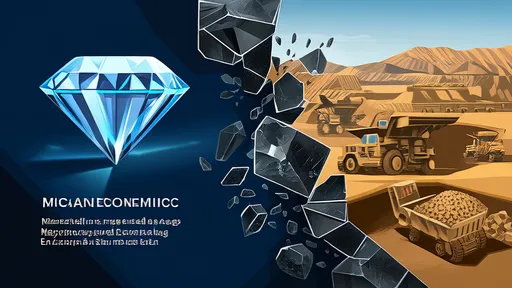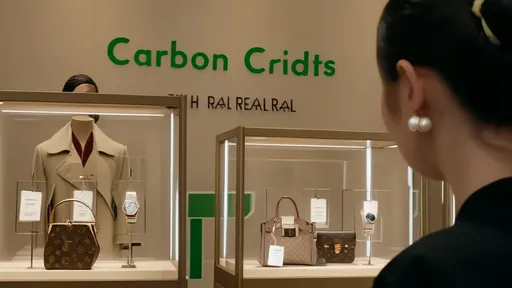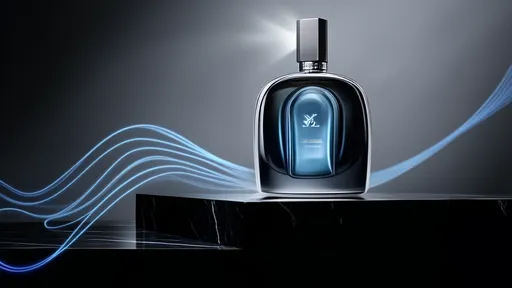The diamond industry is undergoing a seismic shift as lab-grown diamonds continue to disrupt the market. Over the past year, prices for synthetic diamonds have plummeted by nearly 50%, sending shockwaves through the once-dominant natural diamond sector. This dramatic price drop has forced miners, retailers, and investors to confront an existential question: Can natural diamonds maintain their allure in an era where chemically identical alternatives are available at a fraction of the cost?
The Rise of Lab-Grown Diamonds
Just a decade ago, lab-grown diamonds were a niche product, often dismissed as inferior imitations by the traditional diamond trade. Today, they account for nearly 20% of the global diamond market by volume. Technological advancements have made it possible to create stones that are physically, chemically, and optically identical to mined diamonds—often at prices 60-80% lower than their natural counterparts.
The price erosion has been particularly brutal in smaller carat sizes. One-carat lab-grown diamonds that sold for $2,500 in 2022 now trade below $1,300. For engagement rings—the bread and butter of the diamond industry—this represents a fundamental challenge to the traditional value proposition of natural stones.
Natural Diamonds' Last Stand
The natural diamond industry is mounting a vigorous defense, leaning heavily on two key arguments: rarity and romance. Mining companies like De Beers and Alrosa emphasize that their products formed over billions of years, contrasting this with lab-grown stones created in weeks. "There's an emotional value to something that took three billion years to create versus three weeks," says a De Beers spokesperson.
Marketing campaigns have shifted focus from the "Four Cs" (cut, color, clarity, carat) to concepts like legacy, authenticity, and natural beauty. The industry hopes these intangible qualities will justify the significant price premium—currently about 3-5 times higher than lab-grown equivalents.
Economic Realities Bite
Despite these efforts, economic realities are reshaping consumer behavior. Younger buyers, particularly Millennials and Gen Z, show less attachment to the natural diamond narrative. A recent survey found that 70% of engagement ring shoppers under 35 would consider lab-grown options, citing both price and ethical concerns as deciding factors.
Retailers are adapting to this new landscape. Major chains like Signet Jewelers (owner of Kay, Zales, and Jared) now dedicate significant floor space to lab-grown collections. Even De Beers, after years of resistance, launched its Lightbox lab-grown brand—though it maintains this is a separate market from natural stones.
The Mining Industry's Dilemma
The price collapse presents an existential threat to diamond miners. Several major operations have scaled back production, with Rio Tinto exiting the diamond business entirely in 2023. Smaller miners face even steeper challenges, as their higher cost structures make them vulnerable in a declining price environment.
Industry analysts note that the current situation mirrors the "pearl crisis" of the early 20th century, when cultured pearls devastated the natural pearl industry. "The difference," notes gemologist Sarah Johnson, "is that diamonds have far greater marketing muscle and cultural significance than pearls ever did. Whether that's enough to sustain the price differential remains to be seen."
Environmental Claims Under Scrutiny
The environmental debate surrounding diamonds has become increasingly contentious. Lab-grown producers tout their stones as the eco-friendly choice, citing reduced land disturbance and lower carbon footprints. However, independent studies suggest the reality is more nuanced—energy-intensive production processes mean some synthetic diamonds may have comparable environmental impacts to mined stones.
Natural diamond companies have responded with aggressive sustainability messaging, highlighting conservation efforts and community benefits in mining regions. The industry's new "Natural Diamond Council" emphasizes responsible sourcing and traceability as key differentiators.
The Future of Diamond Pricing
Market observers predict further price declines for lab-grown diamonds as production capacity expands and technology improves. Some speculate they may eventually follow the trajectory of other manufactured goods—continual quality improvements paired with ongoing price erosion.
For natural diamonds, the path forward appears bifurcated. Large, high-quality stones may retain their value as luxury items and investment vehicles. But the mass-market segment faces intense pressure, potentially consigning many smaller natural diamonds to industrial uses rather than jewelry.
As the dust settles, one thing is clear: The diamond industry will never return to its pre-disruption state. Whether natural stones can maintain their centuries-old premium in the face of perfect synthetic alternatives may be the greatest test the industry has ever faced.

By /Jul 24, 2025

By /Jul 24, 2025

By /Jul 24, 2025

By /Jul 24, 2025

By /Jul 24, 2025

By /Jul 24, 2025

By /Jul 24, 2025

By /Jul 24, 2025

By /Jul 24, 2025

By /Jul 24, 2025

By /Jul 24, 2025

By /Jul 24, 2025

By /Jul 24, 2025

By /Jul 24, 2025

By /Jul 24, 2025

By /Jul 24, 2025

By /Jul 24, 2025

By /Jul 24, 2025